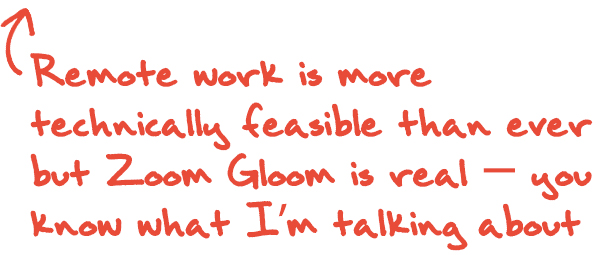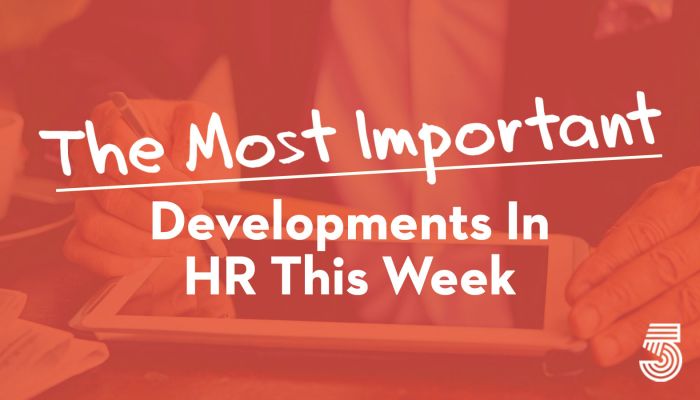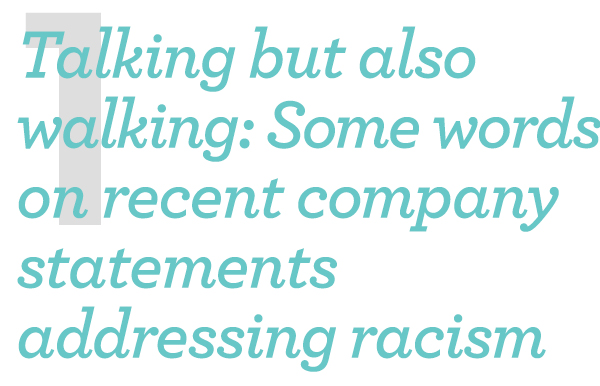
Today, I was interviewed by the Financial Times who wanted to know about the “risk” for companies in publicly addressing racism, injustice, and the events of the last week. I invited the reporter to reconsider her perspective to focus on “what good” could come from speaking openly on these issues. In the event that my words get edited out, I’m offering you all what I shared with her as advice to corporate leaders who I believe are trying to do at least some good by creating these statements. Be real. Say how you are feeling. Say what you understand but also admit what you may not yet understand. Be compassionate. Use the words “Black” and “African American” to describe the people you are talking about and addressing in your statement. Use the names of those who have been senselessly killed in the last month. Be unapologetic. You have employees and customers who are looking to you to speak with conviction about your zero tolerance policy for racism and injustice. Do something different. If you do nothing after saying something, your words will not matter. LinkedIn
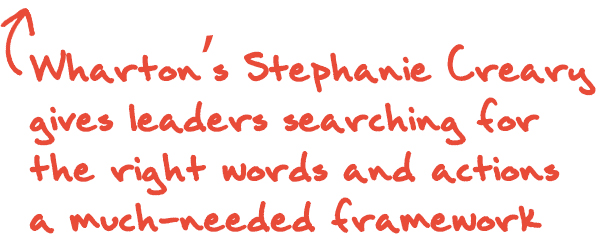

In the past, at big company moments, it was often the CEO and CFO breaking the news to employees, shareholders, and other stakeholders. A distinctive feature of the coronavirus pandemic has been to elevate the role of the CHRO, who is often visibly helping CEOs manage the present and lead their companies into the future. At Verizon, for example, since March 11, CEO Hans Vestberg and CHRO Christy Pambianchi have led a daily all-hands for the company’s 135,000 employees. At Accenture, Chief Leadership and Human Resources Officer Ellyn Shook now meets virtually with company leaders twice a week — instead of in-person once a quarter — to discuss key people and operations issues. And at Cisco, Chief People Officer Fran Katsoudas is leading, along with CEO Chuck Robbins, a weekly meeting for all 75,900 employees. This meeting, which used to be monthly, is an example, as she told me, of how “the workplace is becoming the new definition of community … Sometimes our employees bring in their families. We talk about business updates. We talk about mental health and well-being. We laugh a little about seeing each other’s homes, kids, and pets on WebEx.” CEOs are leaning on their CHROs to ensure their workforces are feeling supported, because they know the future success — and in many cases, the survival — of their businesses depends on it. According to research by State Street, “Companies seen as protecting employees and securing their supply chain experienced higher institutional money flows and less negative returns, especially when those practices garnered significant public attention.” HBR

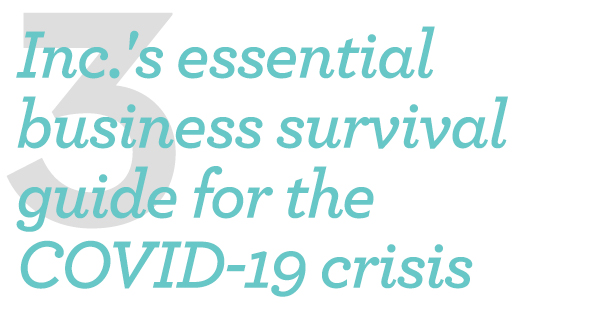
Inc. has pulled together a continually updated cache of expert advice on sticky business matters during COVID, social unrest, and whatever else 2020 is going to throw at us. Topics include handling panicked customers, interrupted supply chains, Zoom meetings, hyper kids, and a work environment that changes by the hour. It’s a brief guide to business continuity to help you steer your company through today’s uncharted territory. You’ll find tips and advice on planning for a range of operational contingencies, including people, facilities, vendors, and systems, such as technology. You’ll also find guidance on issues especially critical to entrepreneurs, such as cash flow, leadership, self-care, and even inspiration. Inc.

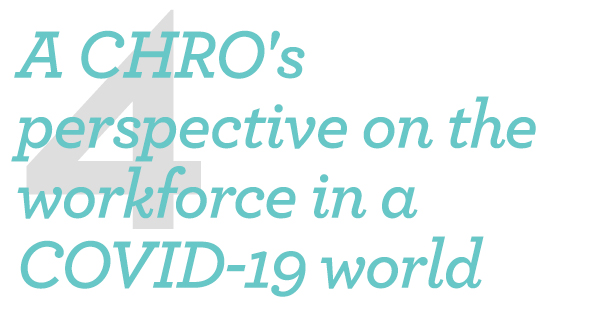
Leaders are always concerned with building the right culture, increasing the capability of their people, and improving the performance of their organization and its teams. The COVID-19 global health crisis has not changed those concerns. But it has forced businesses to rethink their future to attain long-term sustainability — and for some, to merely survive — as entire industries retool and reposition themselves to adapt to a dramatically changed business environment. At the same time, employees have continuously evolving perspectives about work, family, priorities, and their lives. In many cases, COVID-19 has severely exacerbated preexisting pressures on individuals, families, teams, the workforce, organizations, and society. So when employees “show up” for work, they are who they already are — shaped by the many conditions of life that transcend economics alone. That is the backdrop against which an employee may approach the agenda for the day/week/month/year and could influence leaders’ near- and long-term plans. Now more than ever, leaders must appreciate that employees are not robots or algorithms. They are human beings with wants, needs, problems, emotions, ideas, and aspirations. Gallup

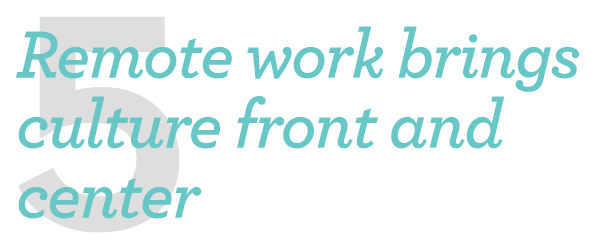
Beyond keeping people employed, one topic is all-consuming at the moment: remote work. So many companies are dipping a toe into the remote-work waters for the first time. And with a more remote working environment comes people who are more digitally connected to their employer than they’ve ever been. This is a huge shift in “normal” times, but even more significant during COVID-19, when many workers are dealing with health concerns, child and elder care, reduced pay, and more. The demands on our people have never been higher. And that means it’s our responsibility to tread even more wisely and carefully into the remote environment. Work culture matters more than ever. We were able to connect with Wharton professor and bestselling author Adam Grant late last year to glean his thoughts on this topic. “Technology is not a cure-all. Technology is an amplifier. Whatever already exists, and whatever you feed it, becomes more pronounced and extreme.” As many companies accelerate into remote working environments, what is and is not working in their culture will be amplified. HR Executive
